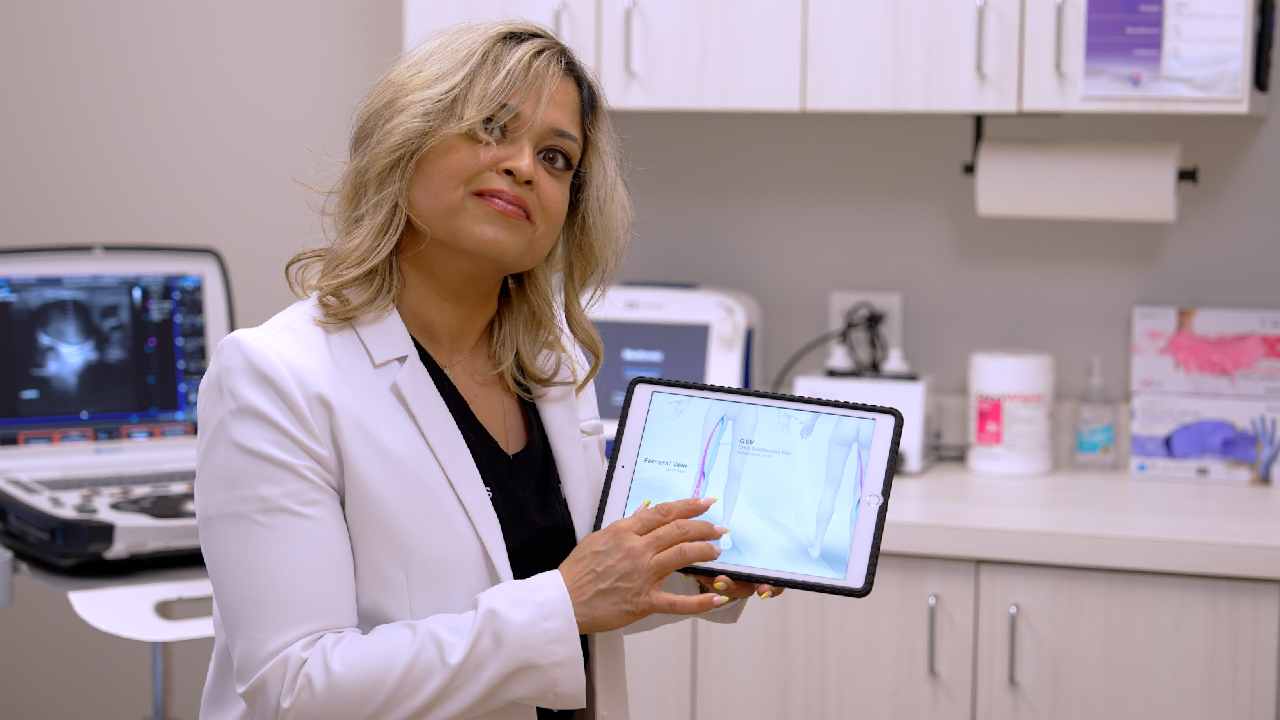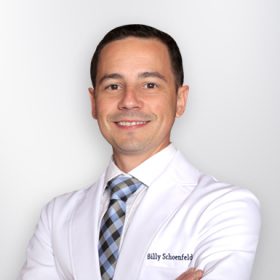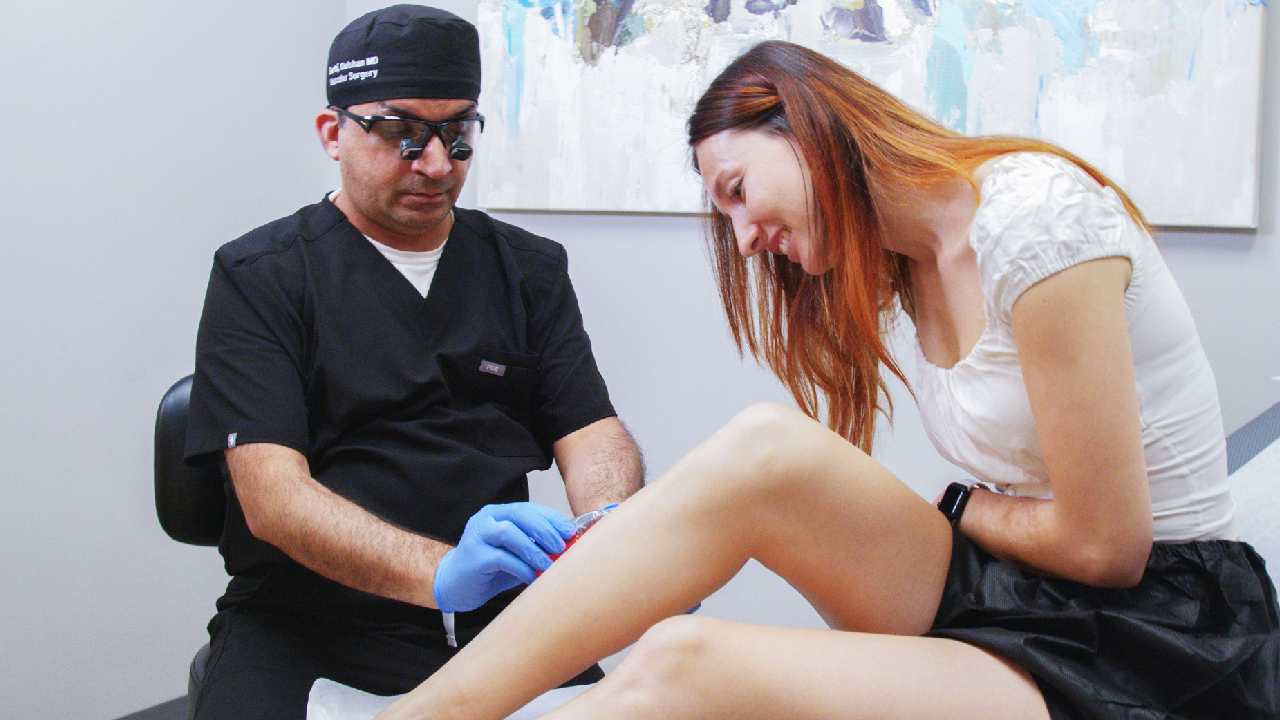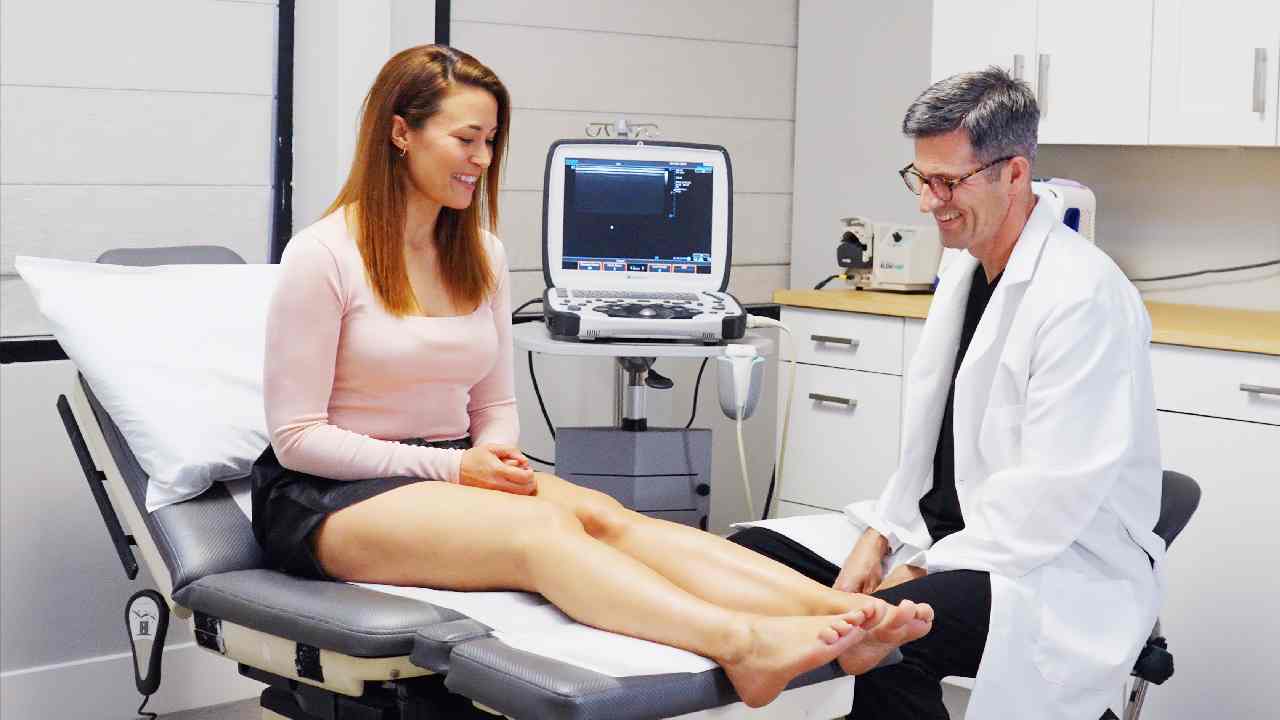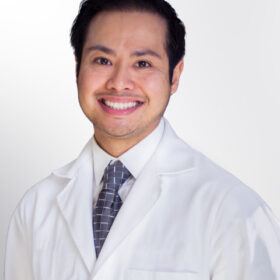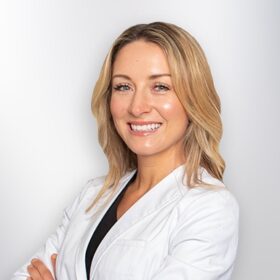
What Causes Varicose Veins? Top Causes and Treatments
Varicose veins are often caused by an underlying disease called venous insufficiency. Also known as varicosites, varicose veins are bulging, often torturous (twisted) veins that are visible on the lower extremities. Estas venas várices are unhealthy veins that emerge as a result of high pressure in veins slightly deeper within the leg. To understand what causes varicose veins, you have to know a little bit more about the circulation.
What Causes Varicose Veins?
It is essential to have a firm grasp of the mechanics of normal blood flow in your legs to explain what causes varicose veins. The veins in your legs have one basic function, and that is to return your blood to the heart to be oxygenated. The flow moves from your feet back to your heart. In each vein are several one-way doors called valves. When everything is working normally the blood flows smoothly through the valves, and each valve closes so there is no backflow of blood down to the feet. Over time, however, the valve is weakened, and the door does not completely close. The result is that the blood flows backward and pools. Eventually, the excess of blood in the pooling area pushes on the wall of the vein, causing it to bulge increasingly. If the condition is not treated the situation grows more acute. In response to the increasing pressure, your body grows unhealthy new veins, often close to the surface of the skin. This condition is what is commonly known as varicose veins
Are you interested in getting more information about your condition or getting a treatment?
Fill the form below to start!
Why Did I Develop this Condition?
What causes varicose veins is directly related to your overall health. Knowing these few factors can help you control and alleviate the condition.
Genetics
Estas venas várices is a genetic condition, meaning if your mother or father have varicose veins, you are more likely to develop them. Knowing your family history of varicose veins and vein disease can help you take precautions, such as regular exercise and a healthy weight.
Overweight
People who are overweight and do not exercise regularly are at risk for venous reflux. Losing weight will help you minimize the risk of developing more varicose veins; however, it will not eliminate those you already have.
Lifestyle
Career choices can also influence the likelihood of developing varicose veins. For certain jobs, it is imperative for people to remain on their feet for long periods of time. Waitresses, store clerks, and teachers are among the professions with an increased likelihood of varicose veins. If you are among these professions, it would be beneficial if you could set aside time within your daily activities to elevate your feet; this will reduce the effect of this condition.
Pregnancy
It is well documented that women and especially women who are pregnant, are at risk of developing varicose veins.
One very effective method for relief is wearing compression stockings. At first, this may seem counterintuitive, but the steady pressure of these stockings will support the walls of your veins, therefore improving your blood flow.
Another way to avoid the condition’s symptoms is to wear loose clothing. Avoid tight waistbands and constrictions in other areas. You need to maximize the flow of blood throughout your body.
What Symptoms Will I Experience If I do not Seek Treatment?
Now that you understand what causes varicose veins, you will have a better understanding of the symptoms that develop. As the veins enlarge due to the backflow of blood, they can press on nearby nerves causing pain, throbbing, and cramping. Your legs may feel as if you are carrying excess weight or they may make you feel tired. You might have noticed that these symptoms are more pronounced at the end of the day, especially if you have been on your feet for hours or in the heat. The more technical term for varicose veins is venous reflux/venous insufficiency.
What are the Top 5 Effective Treatments for Varicose Veins?
While many people are able to contain the damage of this ailment, many need to seek medical intervention because their symptoms significantly interfere with the quality of their life. Vein Treatment Specialists are best suited to first diagnose the condition and then make treatment suggestions to alleviate the symptoms and in many cases to reverse the progress of the disease. A well trained vein doctor will focus on a minimally-invasive, painless and zero downtime procedure. The range of treatments at The Vein Treatment Clinic has been designed to meet your needs. These specialists will first assess your health and then suggest the most suitable treatments based on your individual situation. Factors that will affect this decision process are the severity of the condition, genetics, current medications taken, and lifestyle factors.
1) Escleroterapia
If you seek assistance early in the progress of developing varicose veins on your legs, you can try sclerotherapy. The procedure consists of injecting a medicine called sclerosant into the lining of the vein. This will cause the vein to collapse, stick together, and the blood to clot. Eventually, the body will form scar tissue in this area. Over time, it will disappear.
2) Radiofrequency Ablation: RFA
This procedure uses heat energy to damage the vein so that it closes, causing the blood flow to stop. It can be used to treat major varicose veins on legs. A small incision is made for the 7 cm fiber to be inserted into the vein. It is through this fiber that the thermal energy is released. Due to this minimally invasive technique, there is minimal discomfort afterward. Over time, the damaged vein will be entirely absorbed by the body. You will notice the area will gradually reduce in size and color. The success rate for this treatment is 95%. This procedure is painless and requires zero downtime.
3) Varithena
In this procedure, a premade foam is injected into the vein. This medicine will reduce the symptoms and the appearance of varicose veins. One advantage of this method is that there is no need for anesthesia
4) Venaseal
Venaseal or vein glue is a revolutionary and newly approved treatment for varicose veins near the surface of the skin. The glue is introduced to the vein without anesthesia through just one incision. The glue is effective within seconds, sealing off the vein completely. The area will harden but then be gradually absorbed into the body. The body reroutes the blood from this damaged area into the surrounding healthy veins. The success rate is an astounding 99%.
5) Clarivein
This is the latest treatment of varicose veins. Its advantages are that the treatment is more effectively and quickly completed. The procedure consists of introducing a rotating catheter into the damaged vein. An FDA-approved medicine (called STD) is injected as the catheter is withdrawn. Its main advantage is that only 1 injection is required. The medicine that is injected disrupts the lining of the vein which promotes the use of sclerosants to close the vein. Again, the body absorbs the damaged area over time.
Visit our multiple vein clinics
Our vein clinics will provide the latest and most effective treatments for venous conditions such as varicose veins, spider veins and venous insufficiency. They offer the highest level of care, using the most advanced technology available to remove all the symptoms of vein disease with no pain and zero downtime. The Vein Treatment Clinic team has been recognized as being among the best in the field. All of their vein doctors are Certified, and Ivy League trained to provide the most effective care for venous diseases. They use state-of-the-art technology to diagnose and treat the many symptoms of Chronic Venous Insufficiency.
FEATURED POSTS BY VEIN DOCTORS









